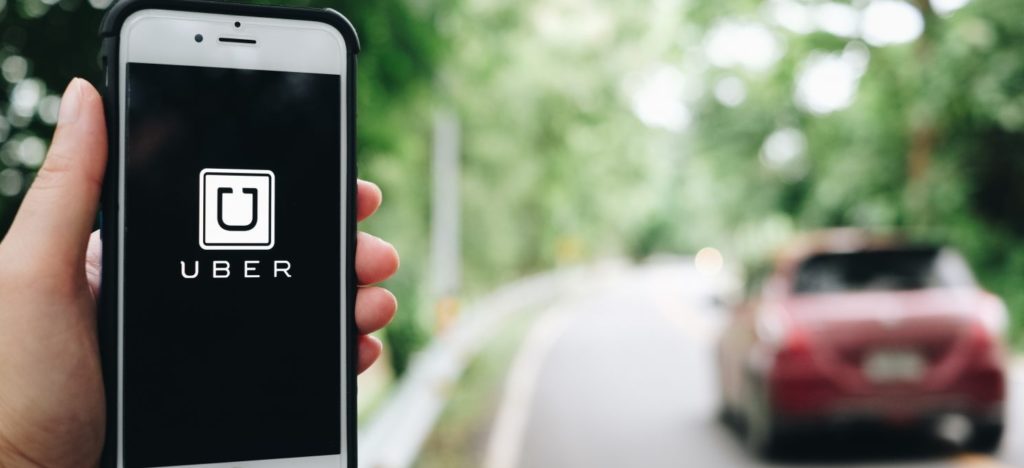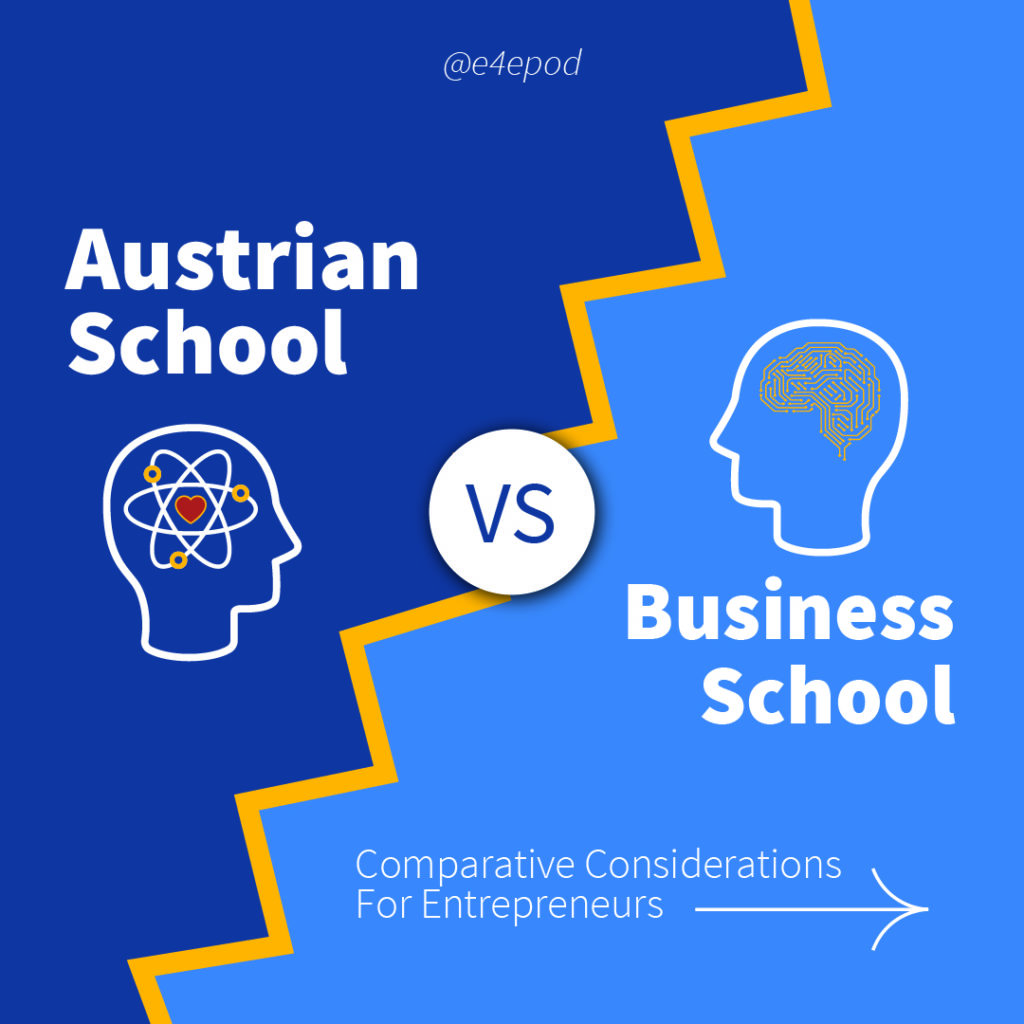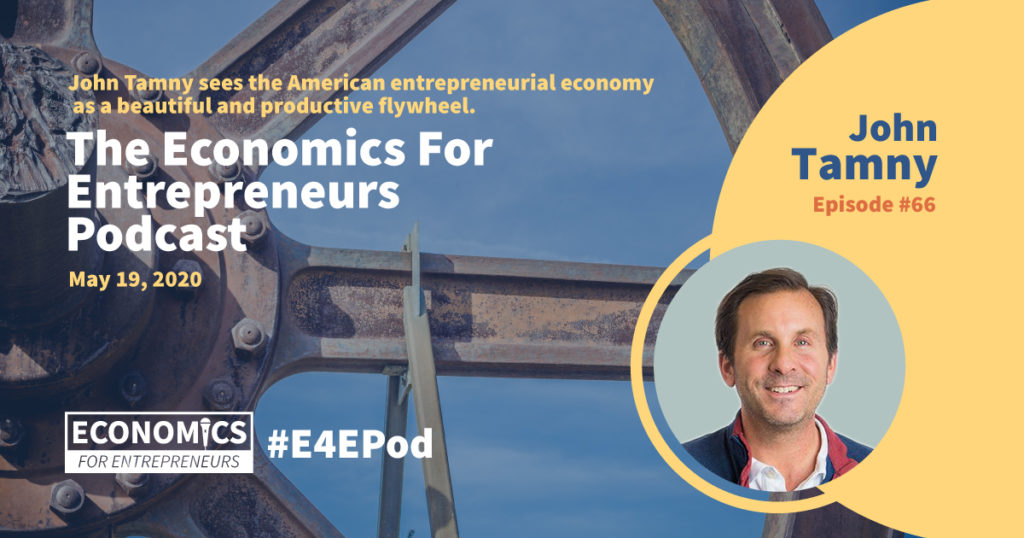Where’s The Profit In Digital Innovation? It’s In Reduced Transaction Costs.

Economists tend to use weird and unhelpful language. One of their terms is Transaction Costs and these things are really important. They’re the reason why firms exist at all, and they’re the reason why the new digital platforms like amazon.com and Uber get to be so big and grow so fast and assume such great prominence.
Let’s see if we can unpack the language.
When a consumer or a customer buys a service, they pay a price in money. Let’s call this the final price, after all discounts and savings and haggling, it’s the amount of cash you part with or the amount on the cheque that you write.
But the final price does not reflect the total cost to you, the buyer. There are a lot of other costs involved in many transactions, some of which we think about and try to compute, some of which we are not conscious of or don’t compute.
The High Price We Pay For Transaction Costs.
Since we have already mentioned Uber, let’s use the purchase of a taxi ride to illustrate transaction costs. If you are in the big city on a dark rainy night and you’d like to get a taxi ride to a destination several blocks away, you might compute the expected price in your head as $15 plus a tip, and decide that it represents a good value to you. You stand in the rain and the wind at the edge of the sidewalk waving at passing yellow cabs, feeling like an idiot and getting yourself and your clothes wet, thinking that there may be a visit to the dry cleaners in your future. Eventually you think you’ve snagged one, but just as it pulls to the curb a burly and brutish-looking guy runs up, pushes you out of the way, yelling “This one’s mine” and you are left disappointed and disheveled. Eventually, after waiting much longer than you had planned and worrying about being late for your appointment, you do get in the cab. It’s uncomfortable, cramped, dirty and doesn’t smell very nice. Nor does the driver. He mumbles to you in a foreign sounding accent you can’t understand. Does he recognize the address you’ve given him? He seems to be taking a long way round. Should you argue? Safer not to, probably. Eventually, you arrive. The fare is higher than you thought. You consider giving no tip but fear the confrontation this may bring on, so you demur. You take out some bills, negotiate some change, then you get out feeling wet and badly treated, and you consider a stiffer drink than you had originally planned.
These inconveniences of time, discomfort, fear and undesirable aesthetics are transaction costs. The cab ride cost $15 or $20 plus tip plus all of these transaction costs. Its value to you must be greater than the money price plus transaction costs for you to feel as though you got a good deal – that’s the essence of a voluntary market transaction, that both parties feel better for having made the exchange. Odds are that you don’t feel that way. There must be a better alternative.
Smartphones And Software Sharply Reduce Transaction Costs.
Now there is: Uber. You install the software on your smartphone. On the next similar occasion, you initiate a transaction. The software knows who you are (you’ve pre-entered the information), and it knows where you are, by the magic of GPS. It finds you a car and a driver, and gives you a rating that suggests to you that you can trust the driver and will have a good experience. The car comes to you, and you can track its incoming progress. No-one pushes you out of the way, asserting they have a prior claim. After minimum time in the rain (perhaps you have to run from the doorway to the car, but no standing), you are safely ensconced, feeling good, and on your way. You pay with one tap (you’ve already entered your payment information and the system has verified it). You arrive on time. You are unstressed, happy to be at your destination, and can get by on a regular sized alcoholic beverage.
Uber has saved you a significant amount of transaction cost. The money price of the ride may be higher, yet you feel you received good value and you’d repeat the experience.
Triangulation, Transfer And Trust.
In his new book, Tomorrow 3.0, Transaction Costs And The Sharing Economy, Michael Munger tries to wrap up these transaction costs in a catchy alliterative expression of three T’s: triangulation, transfer and trust. The affectation is a bit forced, but let’s go with it.
Triangulation refers to information about who you are, who the Uber driver is, the location of the pick-up and of the destination (and the car’s location as it makes its way to you). It’s about getting two parties to the exchange together. Munger also includes making an agreement on a price in his definition of triangulation, which you can also do with the software. All of this is easier / better / more comfortable with Uber.
Transfer refers to the way of transferring the service and the payment for it that is immediate, convenient and as invisible as possible. Software, and the pre-registration of a payment mechanism (your credit card) and the in-built processing capability make transfer easy and safe.
Trust is the way the software creates a feeling of assurance, anticipating honest dealing, with both sides living up to expectations, and performance of the terms of the contract. Both parties can anticipate that their expectations will be met by a trustworthy service provider and a trustworthy customer.
When all of the potential transaction costs are eliminated or highly reduced, the value received for the final price plus transaction costs is much higher in the consumer’s perception.
The Entrepreneurial Opportunity.
Munger’s major point is that there are tremendous amounts of entrepreneurial value creation available in the reduction of transaction costs. He refers to the sharing economy and paints the picture of future where, if transaction costs are sufficiently reduced, no-one will need to own anything, and we’ll all get by on entrepreneurially-facilitated sharing. Need an electric drill to make a hole to hang a picture? Click on an app, have the drone or robot deliver the drill in a secure package to which you have the unlocking software code, use it for a couple of minutes, and send it back. Same with cars (don’t own one, borrow or rent one for a while), lawnmowers, perhaps even some clothes (like specialized formalwear).
Who is creating these low transaction cost experiences? Entrepreneurs. They see consumers saying, “I wish it were easier to ……..” or “I wish I had XXXX here right now” or “I really disliked my last experience with YYYY”, and they immediately think of ways to solve those problems and meet those needs. They can design an app, assembling the code from Github or by hiring an app developer on Upwork, go to market, and quickly find out whether they can sell the low transaction service improvement.
The new era of low transaction cost digital service provision is, in Munger’s telling, a revolution, as significant as the Industrial Revolution in the nineteenth century. Each of us as consumers will have the opportunity to lead more convenient, more efficient, and safer lives. And each of us as entrepreneurs – from Uber drivers to coders – will thrive by delivering new value creation through transaction cost reduction.







Responses